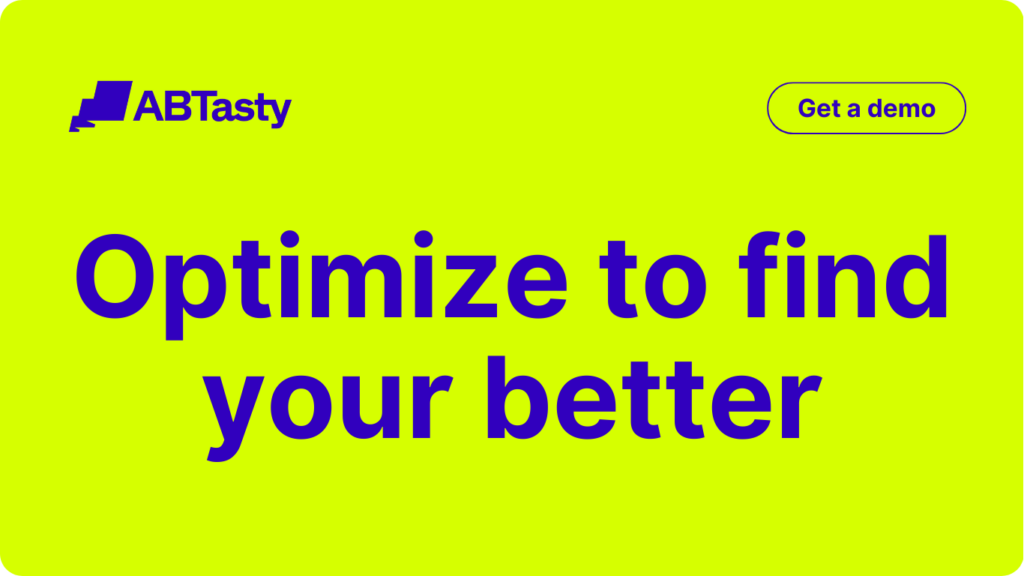Catch up on the previous installment of our Customer-Centric Data Series, How to Become a Data-Centric Company, or read the series introduction.
In the next installment of our series on a data-driven approach to customer-centric marketing, we spoke with our partner Raoul Doraiswamy, Founder & Managing Director of Conversionry to understand the flow of a customer-centric experimentation process, and why it is critical to tap into insights from experimentation processes to make better decisions.
What do you find is the biggest gap in the marketing & growth knowledge among brands right now?
Many brands today have the right set of tools such as technology investments, or the right people with marketing expertise. However, brands often face the issue of not knowing how to meet customer needs/how to give their customers what they want whether on their website, app or through digital advertising on the website, app or digital advertising – in other words, how can these brands increase conversions? Raoul identifies the lack of customer understanding to be at the core of this gap and suggests that brands should adopt a customer-centric, customer-driven process that enables a flow of customer insights, complemented by experimentation.
Which key activities deliver the best insights into customer problems?
Raoul believes that to start a strategy that puts the customers at the core, it is important to have the right data-gathering approach to get insights. It’s the foundation of any experimentation program, but can be applied to all marketing channels.
“Imagine you are an air traffic controller. You have multiple screens constantly feeding you where the planes are, or when they might crash into each other. From all these constant insights, the person in front of the screens will have to make the right decisions,” he shares. “However, there are also inconsequential insights such as baggage holders being full – and it is up to the decision-makers to pick out the critical data and make use of them.”
Raoul provides this analogy to liken it to the role of marketing decision-makers, who normally have a dashboard with metrics like revenue, conversion rate, abandoned cart and more. An insights dashboard helps marketers better understand their customers, combining this real-time data with customer feedback from sources like analytics, heatmaps, session recordings, social media comments and user testing. Solid research can be done through a critical analysis of session recordings and user poll forms, and the main takeaways can be fed to this dashboard. How empowering is that for a marketing decision-maker?
Where are the best sources for experimentation ideas?
Raoul asserts that a combination of quantitative and qualitative analysis is key. Heuristic analysis and competitor analysis are also gold when coming up with experimentation ideas. He continues, “Don’t limit yourself to looking at competitors, look at other industries too. For example, for a $90M trade tools client we had to solve the problem of increasing user sign-ins to their loyalty program. By researching Expedia and Qantas, we got the idea to show users points instead of cash to pay for items.” Raoul shares, “Do heat map analysis, look at session recordings, user polls, run surveys to email databases, and user testing. User testing is critical in understanding the full picture.”
After distilling customer problems and coming up with some rough experimentation ideas, the next step is to flesh out your experiment ideas fully. “Going back to the analogy of the Air Traffic Controller, one person on the team is seeing a potential crash but might have limited experience in dealing with this situation. That’s when more perspectives can be brought in by, let’s say, a supervisor, to make a more well-rounded decision. In the same way, when you are ideating, you do not want to just limit it to yourself but rather have a workshop where you discuss ideas with your internal team. If you are working with an agency, you can still have a workshop with both the agency and the client present, or have your CRO team and product team come together to share ideas. This way, you can get multiple stakeholders involved, each of them being able to provide expertise based on their experience with customers,” says Raoul.
Is there value in running data-gathering experiments (as opposed to improving conversion / driving a specific metric)?
“Yes, absolutely,” replies Raoul. “Aligning growth levers with clients every quarter while working with CRO and Experimentation teams on the experimentation process is important. When working towards the goal of increasing conversions, there are KPIs and predictive models to project the goals.
“On the other hand, if the focus of the program is on product feature validation or reducing the risk of revenue due to untested features, there will be a separate metric for that,” he continues. “It is key to have specific micro KPIs for the tests that are running to generate a constant flow of insights, which then allows us to make better decisions.”
In running data-gathering experiments, features such as personalization can be applied which can have a positive impact on the conversions on the website.
What do brands need to get started?
“To begin, you need to start running experiments. Every day without a test is a day lost in revenue!” heeds Raoul. “For marketing leaders who have yet to start running experiments, you can start by pinpointing customer problems, and the flow of insights. To get the insights, you can gather them from Google Analytics, more specifically, by looking at your funnel. Through these insights, identify the drop-off point and observe the Next Page Path, to see where users go next.
“Take for example an eCommerce platform. If the users are dropping off at the product page instead of adding to the cart and moving on to the shipping page, this shows that they are confused about the shipping requirements. This alone can tell you what goes through the user’s mind. Look at heat maps and session recordings to understand the customer’s problems. The next step then is to solve the issue and to do that, you will need an A/B testing platform. Use the A/B testing platform to build tests and launch them as quickly as possible.”
As for established marketing teams who are already doing some testing, Raoul recommends gathering insights and customer problems as they come in every month. “Then to make sense of the data you’ve collected, you need conversion optimization analysts like our experts at Conversionry who are experienced in distilling data down to problems.”
Identifying customer problems is key. If some of the issues your customers encounter stay unaddressed, it could lead to the initiatives flatlining despite months of experimentation. Instead by keeping customer feedback top of mind, you can start designing, development, testing, speak to experience optimization platforms like AB Tasty to build the experiments, then gather insights, and repeat the cycle to see what wins and what doesn’t.
Get started building your A/B tests today with the best-in-class software solution, AB Tasty. With embedded AI and automation, this experimentation and personalization platform creates richer digital experiences for your customers, fast.








